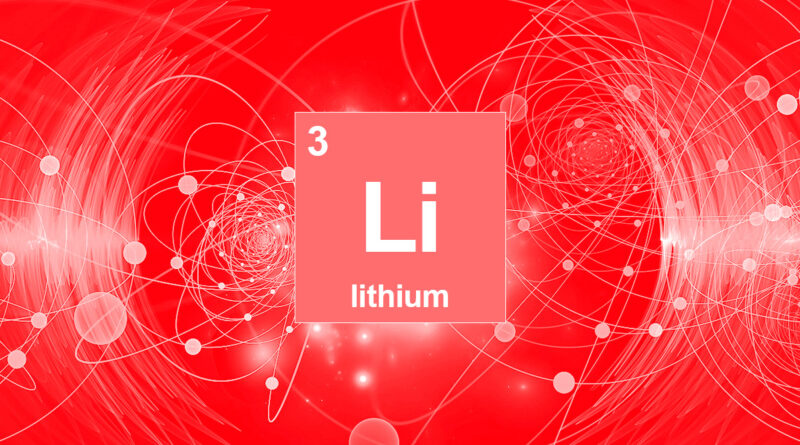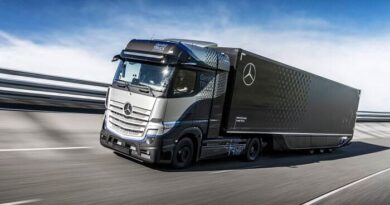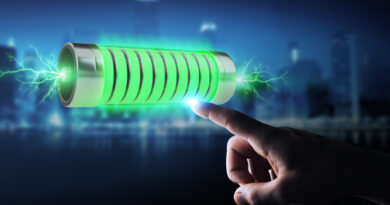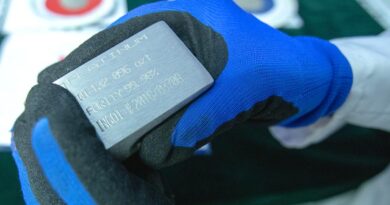Nobel Prize winner explains potential for tin use in lithium-ion batteries
Stanley Wittingham, jointly awarded the Nobel Prize for Chemistry in 2019 as one of the founding fathers of lithium-ion batteries, has recently reviewed potential for tin in lithium-ion batteries and reported on his own team’s tin R&D.
In his paper published in October 2020 with colleague Fengxia Xin, Wittingham explains how “tin-based materials are strong candidates as the anode for the next generation of lithium-ion batteries”.
A recent study by Deloitte found that a top consumer concern related to battery-powered electric vehicles (BEVs) is their driving range. In Germany, for example, 33% cited range as their greatest concern for BEV mass deployment.
Xin and Wittingham explain that to increase the number of miles BEVs can travel on a single charge, reduce this consumer concern, and ultimately move towards ambitious government targets for vehicle electrification, the capacity of the anode must increase.
In most current commercial lithium-ion batteries in BEVs, the anode is a graphite-based material which has a very low theoretical volumetric capacity at 747 AhL-1. Volumetric capacity measures the amount of energy in one litre of battery that will allow one ampere of current to flow for one hour – a way of thinking about how much energy a battery electrode can hold by volume.
Tin and silicon are the favourite candidates, according to the paper, and both are being extensively studied, as each of these can achieve capacities essentially the same as that of pure lithium, 2000 AhL-1.
Both tin and silicon face a problem of degradation when they gain and lose charge; tin composites have been shown to stay more intact and therefore perform better.
The anode composites assessed by Xin and Wittingham in their own work are based on tin-iron-carbon (Sn-Fe-C). Sn-Fe-C composites were found to have a lower price, superior discharge and charge rate capabilities than previous well-known Sn-Co-C formulations.
In an optimized 1:0.25:10 ratio (tin:iron:carbon), the Sn-Fe-C anode had an excellent rate capability at 1.6 Ah mL-1 over 140 cycles. This rate is about double that of graphite. Sn-Fe nanostructured materials also demonstrated excellent capacity retention, maintaining around 1.55 Ah mL-1 over 200 cycles.
Xin and Wittingham note that some improvements still need to be made before Sn-Fe-C or Sn-Fe anodes are commercialised, especially focussing on the volumetric capacity that is lost during the first discharge cycle.
The paper concluded by mentioning that other alkali-ion batteries, such as sodium-ion and potassium-ion batteries, have similar chemistries to lithium-ion batteries meaning that tin-based composites are good candidates for improving their performance too.




